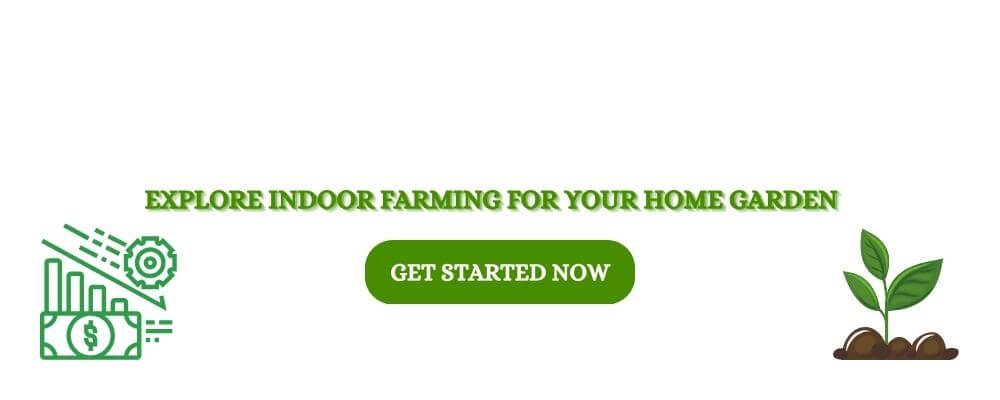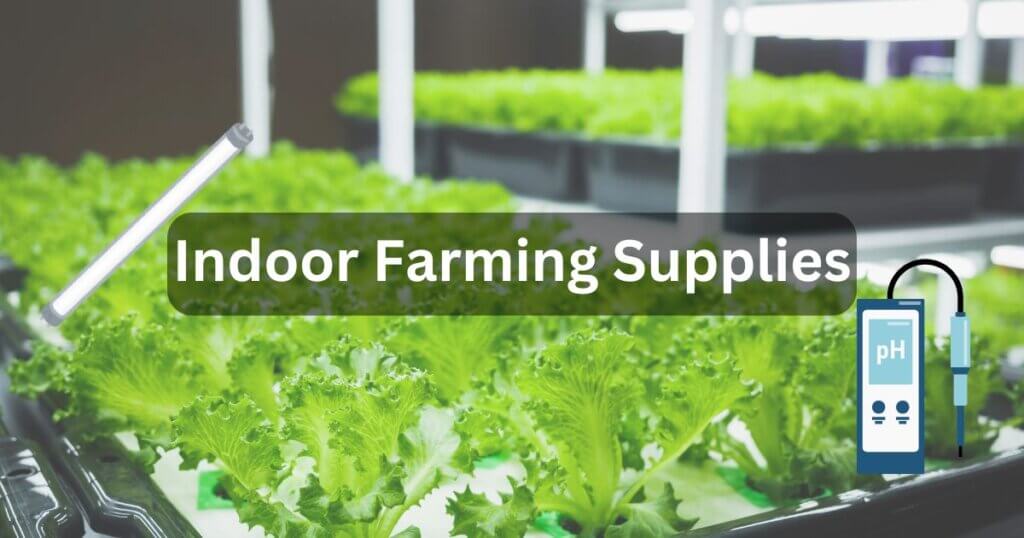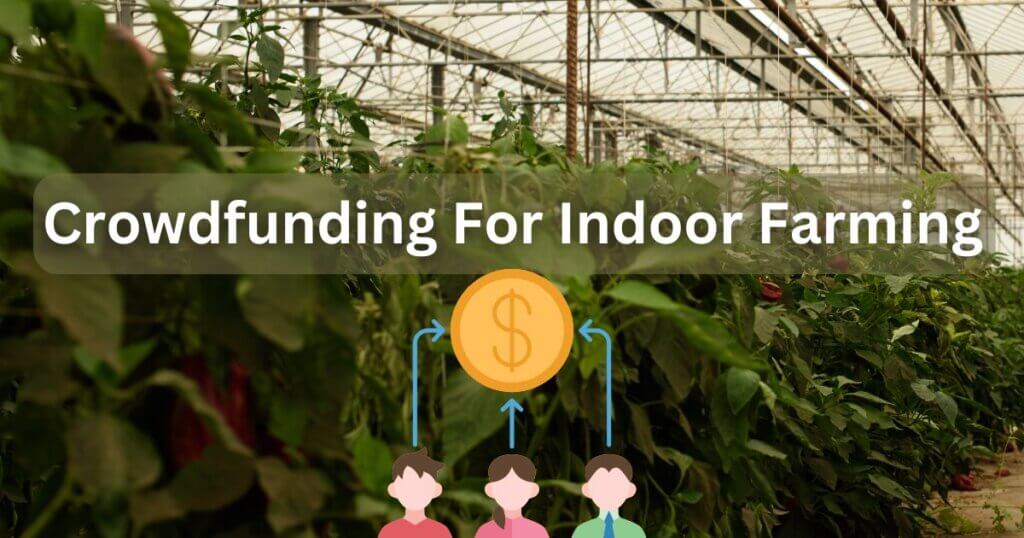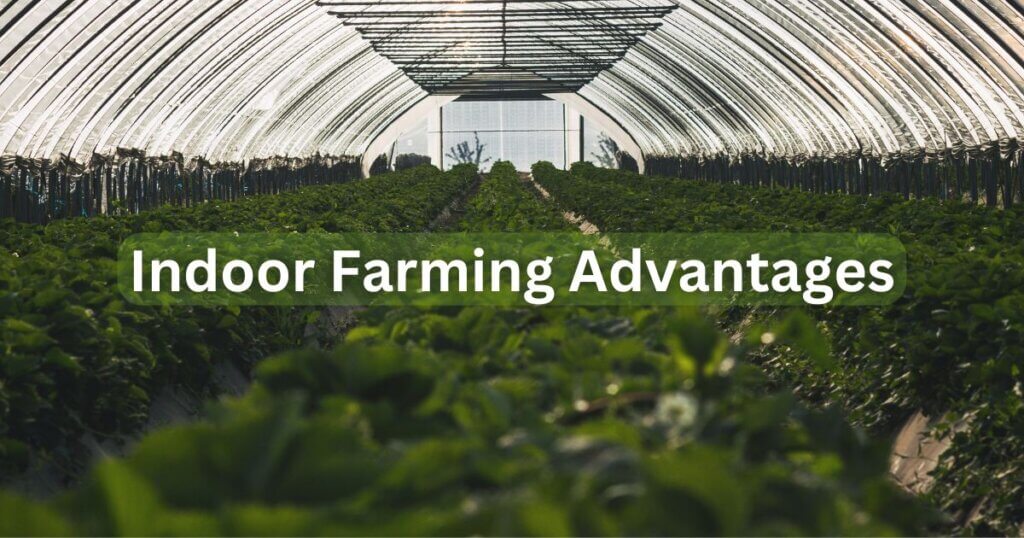The Ultimate Guide to the Costs Involved in Starting an Indoor Farm
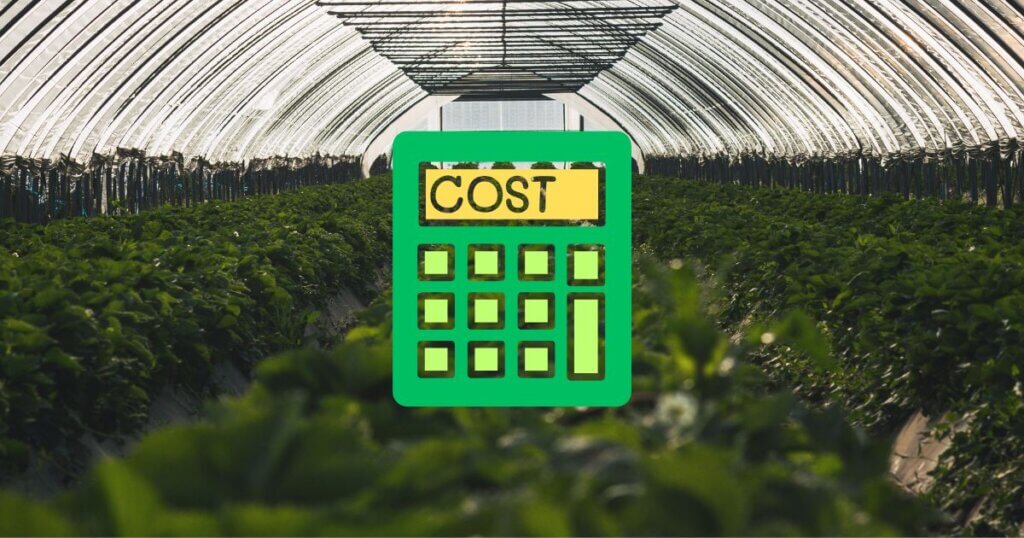
Some of the links in this post are affiliate links. As an Amazon Associate, we earn a referral fee from qualifying purchases—at no extra cost to you.
Starting an indoor farm can be an exciting and rewarding venture. Whether you’re passionate about sustainable agriculture or looking to capitalize on the growing demand for fresh produce, understanding the start-up costs involved is crucial. This comprehensive guide delves into the various factors influencing the cost of setting up an indoor farm. From equipment and infrastructure to operational expenses, we’ll cover it all. By the end, you’ll have a clear picture of what it takes financially to embark on this agricultural journey.
Table of Contents
Understanding the Concept of Indoor Farming
Before we dive into the costs associated with starting an indoor farm, let’s briefly understand the concept of indoor farming. Also known as vertical farming or controlled environment agriculture (CEA), indoor farming refers to growing crops in a controlled environment, such as a greenhouse or an indoor facility. This method utilizes artificial lighting, climate control systems, and hydroponic or aeroponic techniques to create optimal plant growth conditions.
Factors Influencing Start-up Costs for an Indoor Farm
Starting an indoor farm requires careful planning and considering various factors influencing the overall cost. Let’s explore these factors in detail:
1. Size and Scale of the Farm
The size and scale of your indoor farm play a significant role in determining the initial investment required. A larger facility will naturally require more resources and equipment, increasing the start-up costs. Consider your available space and how much produce you aim to cultivate to determine the appropriate size and scale of your indoor farm.
2. Location and Real Estate
Choosing the right location for your indoor farm is crucial for success. The availability and cost of real estate in your preferred area will impact your start-up expenses significantly. Factors like proximity to markets, transportation infrastructure, and access to utilities should also be considered.
3. Infrastructure and Facility Setup
Investing in the necessary infrastructure and setting up your indoor farm facility is another significant cost consideration. This includes constructing or retrofitting the building, installing climate control systems, lighting equipment, irrigation systems, and other essential components. The complexity and efficiency of your infrastructure will influence the overall costs.
Vertical farming is ideal for maximizing space — especially in urban environments. The Mr. Stacky 5-Tier Vertical Planter helps reduce infrastructure costs by allowing efficient use of vertical space, making it a smart option during facility setup.
4. Lighting Systems
Since indoor farming relies on artificial lighting, investing in the right lighting systems is crucial. LED lights are commonly used in indoor farms due to their energy efficiency and ability to provide specific light spectra optimized for plant growth. The cost of lighting systems will depend on the size of your farm and the desired light intensity.
Since you emphasize the importance of artificial lighting, the VIVOSUN VS2000 LED Grow Light is a full-spectrum, energy-efficient LED light that’s ideal for startups looking to optimize plant growth indoors. It supports vegetative and flowering stages with adjustable brightness and low heat output — perfect for beginners or experienced growers alike.
5. HVAC Systems
Maintaining the ideal temperature, humidity, and air quality within your indoor farm is essential for optimal plant growth. Heating, ventilation, and air conditioning (HVAC) systems are necessary to regulate these environmental factors. The costs associated with HVAC systems will depend on the size of your facility and the level of environmental control required.
You mention temperature and humidity regulation — the ThermoPro TP50 Digital Hygrometer and Thermometer is an affordable monitoring device that helps indoor farmers track climate conditions with precision, ensuring optimal growing environments and reducing the risk of mold or plant stress.
6. Hydroponic or Aeroponic Systems
Indoor farms often utilize hydroponic or aeroponic systems, which allow plants to grow without soil. These systems provide nutrient-rich solutions directly to the plant roots, optimizing resource utilization and minimizing water usage. The cost of setting up hydroponic or aeroponic systems will vary depending on your farm’s size and the system’s complexity.
When introducing hydroponics, the AeroGarden Harvest Indoor Garden serves as an ideal entry-level system for growers testing the waters before scaling up. It offers a compact, automated, soil-free growing environment with built-in grow lights and reminders for nutrients and watering.
7. Crop Selection
The choice of crops you intend to grow on your indoor farm will impact your start-up costs. Different plants have varying requirements in terms of lighting, temperature, and nutrient solutions. Some crops may require specialized equipment or additional resources, affecting overall expenses.
As crop selection impacts costs, mushrooms are a unique option that require no light and minimal space. The Back to the Roots Organic Mushroom Grow Kit is an easy-to-use, low-cost, and low-maintenance example that adds crop diversity to an indoor farm.
8. Operational Expenses
In addition to the initial start-up costs, you must consider ongoing operational expenses. This includes costs related to labour, utilities, seeds or seedlings, fertilizers, pest control measures, and other supplies. Proper budgeting and forecasting of these expenses are crucial for the long-term sustainability of your indoor farm.
Nutrients are recurring expenses in hydroponic setups. The General Hydroponics Flora Series Nutrient Kit includes everything needed to support plant health through various growth stages, helping budget for operational inputs early on.
9. Training and Expertise
To run a successful indoor farm, having the necessary knowledge and expertise in agricultural practices and the specific techniques used in indoor farming is important. Investing in training programs, workshops or hiring experienced personnel can add to your initial costs. Still, it can prove invaluable in the long run.
Investing in knowledge can reduce costly mistakes. The Indoor Gardening: The Organic Way Book is a comprehensive guide to organic indoor farming that helps new growers understand the techniques, technologies, and troubleshooting needed to operate efficiently and effectively.
10. Regulatory Compliance
Ensure you know the local regulations and permits required to operate an indoor farm in your area. Compliance with these regulations may involve additional costs, such as licensing fees and inspections. Understanding and adhering to the legal requirements will help you avoid potential setbacks and fines.
Determining Start-up Costs
Now that we’ve explored the various factors influencing start-up costs for an indoor farm let’s discuss how to determine the overall investment required. It’s important to note that start-up costs can vary significantly depending on your location, the scale of your farm, and the level of automation and sophistication you desire. To get a rough estimate of your start-up costs, consider the following steps:
1. Research and Consultation
Conduct thorough research on indoor farming and consult with industry experts to gain insights into the specific costs associated with your intended scale and crop selection. Reach out to existing indoor farmers, attend conferences, or join online forums to gather information and learn from their experiences.
2. Develop a Business Plan
Create a detailed business plan that outlines your goals, strategies, and financial projections. This will help you identify potential costs and provide a roadmap for your indoor farming venture. Ensure to include estimated equipment, infrastructure, operational expenses, and contingencies costs.
3. Cost Breakdown
Break down costs into different categories: infrastructure, equipment, systems, labour, and ongoing expenses. Research the market prices for each component and consult with suppliers to obtain accurate cost estimates. Be prepared to make adjustments based on your specific requirements and available budget.
4. Obtain Multiple Quotes
When sourcing equipment and materials for your indoor farm, obtain quotes from multiple suppliers to compare prices and negotiate favourable deals. This can help you save on costs without compromising on quality. Consider both local and international suppliers to explore all available options.
5. Budgeting and Financing
Based on your cost breakdown and estimates, develop a comprehensive budget for all expenses in setting up and operating your indoor farm. Explore financing options such as loans, grants, or partnerships to secure capital. A solid financial plan will instil confidence in potential investors or lenders.
6. Monitoring and Adjustments
As you progress with your indoor farming venture, it’s crucial to monitor your expenses and make adjustments where necessary continuously. Keep track of actual costs against projected costs, and identify areas where you can optimize spending without compromising the quality and productivity of your farm.
For farms using hydroponics or aeroponics, pH monitoring is critical to plant health. The Bluelab pH Pen Digital Meter ensures nutrient solutions remain within the optimal range, protecting your crops and investment.
Conclusion
Starting an indoor farm requires careful planning and financial considerations. By understanding the factors influencing start-up costs and following a systematic approach to determine your expenses, you can set realistic expectations and build a solid foundation for your indoor farming venture. Remember to conduct thorough research, consult with industry experts, and develop a comprehensive business plan to ensure a successful and sustainable indoor farm.
(Note: The actual costs of starting an indoor farm can vary greatly depending on multiple factors and specific circumstances. It is recommended to conduct thorough research and consult with industry professionals for accurate cost estimates relevant to your unique situation.)
Other Useful Sites Related To Costs Involved in Staring an Indoor Farm
- Vertical Farming – Wikipedia
This article discusses the economics of vertical farming, highlighting the substantial initial investments required for facility construction, with costs exceeding $100 million for a 60-hectare vertical farm. It also addresses operational challenges, including high energy consumption for lighting and climate control, which can impact profitability. (en.wikipedia.org) - Controlled-environment agriculture – Wikipedia
This resource provides insights into the financial considerations of controlled-environment agriculture (CEA), noting that high capital investments and energy operating costs, particularly for electricity, present challenges. It references a 2018 U.S. survey indicating that only 51% of indoor farming operations were profitable, emphasizing the importance of careful financial planning. (en.wikipedia.org) - Larry Ellison’s Agricultural Venture – Wall Street Journal
This article examines Larry Ellison’s Sensei Ag project in Hawaii, which faced significant financial challenges despite a half-billion-dollar investment. The venture encountered operational setbacks, inadequate infrastructure, and high costs, underscoring the financial risks associated with large-scale indoor farming projects. (wsj.com) - Why Your Farmers Market Finds Are Getting More Expensive – Food & Wine
This piece explores the rising costs faced by farmers, including those in indoor farming, due to increased expenses for seeds, fertilizers, soil, and packaging materials. It provides context on how such cost increases can affect the pricing of produce at farmers’ markets. (foodandwine.com) - The Costs of Indoor Farming: What You Need to Know – Greenhouse Grower
This article provides a detailed breakdown of the costs involved in starting an indoor farm, from construction costs to equipment, energy use, and ongoing maintenance. It offers valuable insights into how these expenses impact the profitability of indoor farming operations and provides tips on how to minimize costs for maximum efficiency. (greenhousegrower.com)
